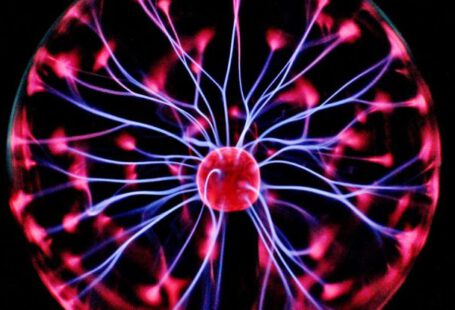Brain-computer interfaces (BCIs) have been a subject of fascination and research for decades, offering the potential to revolutionize the way we interact with technology and even our own bodies. As technology continues to advance at a rapid pace, so do the capabilities of BCIs. In this article, we will delve into the latest advances in brain-computer interfaces that are pushing the boundaries of what was once thought possible.
### Neural Implants for Restoring Movement
One of the most exciting developments in the field of BCIs is the use of neural implants to restore movement in individuals with paralysis. Researchers have made significant progress in developing implants that can directly interface with the brain, allowing paralyzed individuals to control robotic limbs or other devices through their thoughts. These implants work by detecting neural signals associated with movement intentions and translating them into commands for external devices. This technology has the potential to significantly improve the quality of life for people with disabilities and has already shown promising results in clinical trials.
### Non-Invasive Brain Stimulation Techniques
In addition to neural implants, researchers are also exploring non-invasive brain stimulation techniques as a way to enhance the capabilities of BCIs. Transcranial magnetic stimulation (TMS) and transcranial direct current stimulation (tDCS) are two popular methods that have shown promise in enhancing brain function and facilitating communication between the brain and external devices. These techniques can be used to modulate neural activity in specific brain regions, potentially improving the performance of BCIs and opening up new possibilities for applications in healthcare, gaming, and beyond.
### Machine Learning Algorithms for Improved Performance
Another key area of advancement in BCIs is the development of machine learning algorithms that can analyze and interpret neural signals more effectively. These algorithms can learn to recognize patterns in brain activity and adapt to individual users, leading to more accurate and reliable control of BCIs. By leveraging the power of machine learning, researchers are able to overcome many of the challenges associated with decoding complex neural signals and improve the overall performance of BCIs. This has paved the way for more seamless and intuitive interactions between the brain and technology.
### Hybrid BCIs Combining Multiple Technologies
Hybrid BCIs that combine multiple technologies, such as neural implants, non-invasive brain stimulation, and machine learning algorithms, are also emerging as a promising avenue for advancing the field. By integrating different approaches, researchers can leverage the strengths of each technology to create more robust and versatile BCIs. For example, a hybrid BCI may use neural implants for high-precision control and tDCS for enhancing neural plasticity, resulting in a more powerful and adaptive system. This interdisciplinary approach holds great potential for expanding the capabilities of BCIs and unlocking new applications.
### Ethical and Privacy Considerations in BCI Development
As BCIs continue to evolve and become more integrated into everyday life, it is essential to address ethical and privacy considerations to ensure the responsible development and use of this technology. Issues such as consent, data security, and potential misuse of neural data must be carefully considered to protect the rights and privacy of users. Researchers and policymakers are actively working to establish guidelines and regulations that promote ethical practices in BCI development and deployment, emphasizing transparency, accountability, and user empowerment.
### In Summary
The latest advances in brain-computer interfaces are pushing the boundaries of what was once thought possible, offering new opportunities for restoring movement, enhancing brain function, and improving the interaction between the brain and technology. Neural implants, non-invasive brain stimulation techniques, machine learning algorithms, and hybrid BCIs are just a few examples of the cutting-edge technologies that are driving innovation in this field. As researchers continue to explore new possibilities and address ethical considerations, the future of BCIs holds immense promise for transforming the way we interact with the world around us.





